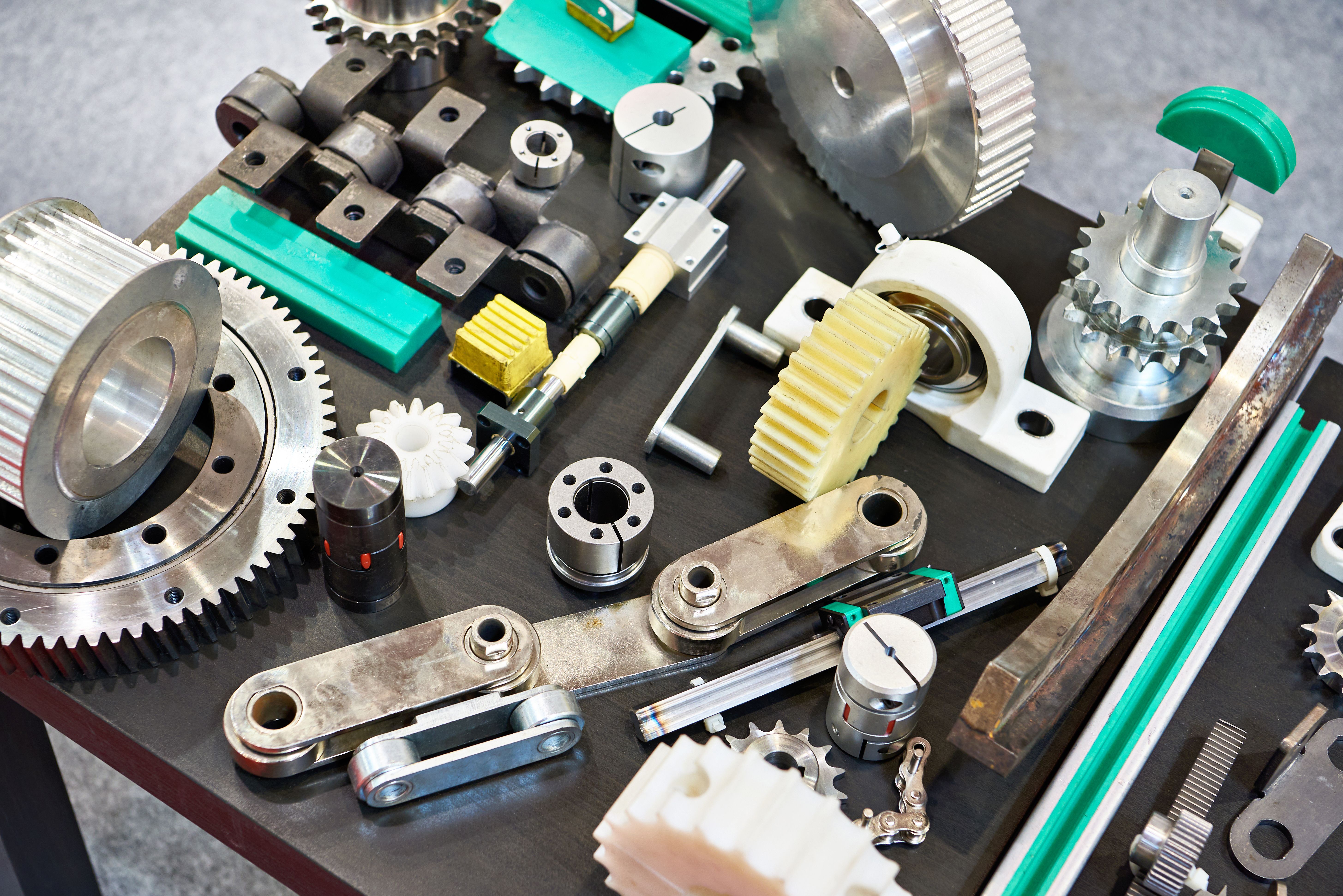Buying and Selling Magnetic Drills: History and Spare Parts
RR
The Evolution of Magnetic Drills
The journey of magnetic drills is a fascinating tale of innovation and engineering. Originating in the early 20th century, these tools have evolved from simple handheld devices to sophisticated machines integral to modern construction and manufacturing.
Initially, magnetic drills were manually operated, relying heavily on the skill and precision of the operator. Over time, advancements in technology introduced electric-powered models, significantly enhancing efficiency and accuracy. Today, magnetic drills are equipped with state-of-the-art features like automatic feed systems and digital controls.

The Rise of Electric Magnetic Drills
The transition from manual to electric magnetic drills marked a turning point in the industry. This shift not only increased productivity but also broadened the scope of projects that could be undertaken. With electric power, these drills could handle tougher materials and larger-scale operations.
Another significant development was the introduction of safety features. Modern magnetic drills come with integrated safety mechanisms such as overload protection and emergency stop buttons, ensuring a safer working environment.

Key Considerations When Buying Magnetic Drills
When purchasing a magnetic drill, several factors must be considered to ensure you select the right tool for your needs. Here’s a quick guide:
- Power Source: Decide between electric, battery-operated, or pneumatic drills depending on your operational requirements.
- Drilling Capacity: Assess the maximum diameter and depth the drill can handle.
- Portability: Consider the weight and ease of transportation, especially if you’ll be moving it between job sites.
- Safety Features: Look for drills with essential safety features to protect users.
By carefully evaluating these aspects, you can make an informed decision that meets your specific project needs.

Selling Magnetic Drills: Tips for Success
If you're in the business of selling magnetic drills, understanding your customer’s needs is paramount. Here are some strategies to enhance your sales approach:
- Understand Market Trends: Stay informed about the latest advancements and customer preferences.
- Highlight Unique Features: Emphasize what sets your products apart from competitors.
- Offer After-Sales Support: Providing excellent customer service and support can lead to repeat business.
By implementing these strategies, sellers can effectively meet customer demands and drive sales growth.

The Importance of Spare Parts
For both buyers and sellers, the availability of spare parts is a critical consideration. Ensuring a steady supply of spare parts not only extends the life of the magnetic drills but also enhances customer satisfaction.
Common spare parts include drill bits, motors, and magnetic bases. Maintaining an inventory of these components can prevent downtime and keep operations running smoothly.
Where to Find Spare Parts
Finding reliable sources for spare parts is essential. Many manufacturers and authorized dealers offer a range of parts, but it’s crucial to ensure compatibility with your specific model. Online platforms also provide a convenient option for sourcing parts quickly and efficiently.
By prioritizing the availability of spare parts, businesses can protect their investment and maintain operational efficiency.
